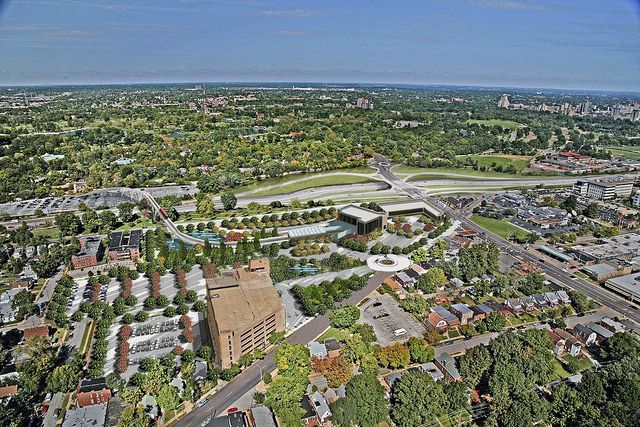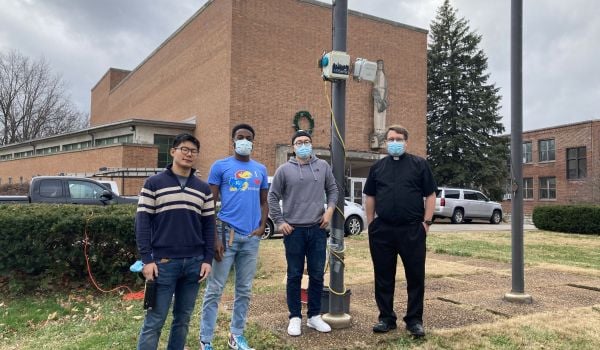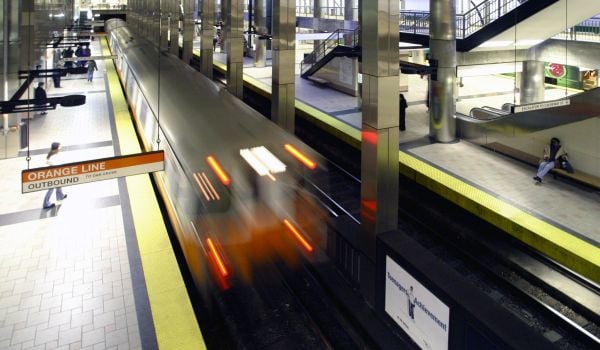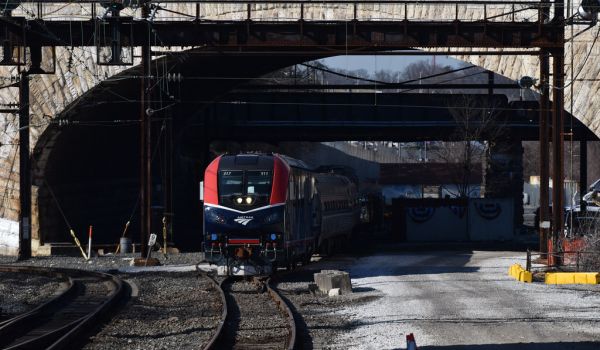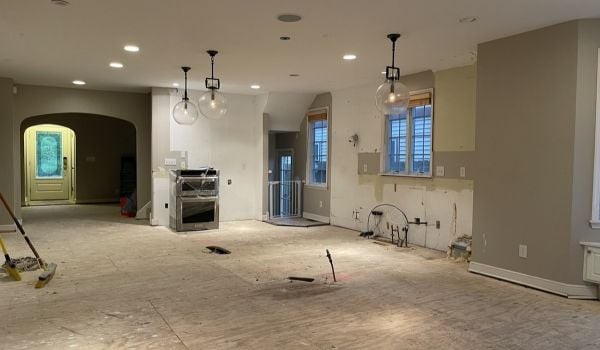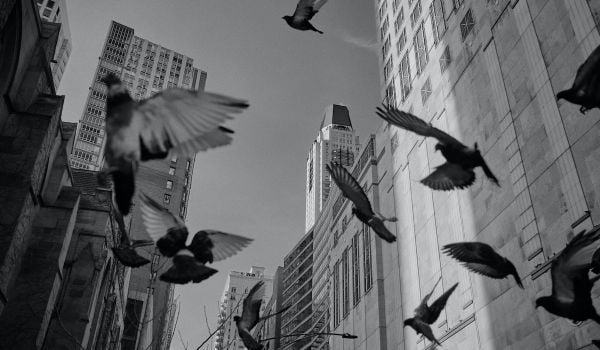This piece originally appeared on nextSTL.
The St. Louis Zoo has announced its intent to purchase the long-troubled and now largely vacant Forest Park Hospital complex across I-64 from the existing zoo in the city’s Clayton-Tamm neighborhood. From a practical point of view, the purchase would allow existing staff to be moved off-site, alleviating existing space issues. But much more is made possible by the purchase: Adding new research staff and laboratory space, adding veterinary equipment and possible new locations for some small animal exhibits (think amphibians).
The zoo is looking at an ambitious timeframe for the move, demolition of some existing structures and site improvement. The press release announcing the development states that the plan “[saves] structures where possible.” However, the accompanying site plan shows that of the entire complex, only the most modern office building, on the northeast corner of the site, and a seven-story parking garage will be retained. With many additions and changes over time, the hospital is not eligible for historic tax credits, making it difficult for any buyer to repurpose existing buildings. Sculptures and other architectural details removed in demolition are to be given to the Deaconess Foundation.
This is at once a bold and necessary move for the zoo. While dedicated to expanding within the zoo, such as the ongoing elephant and sea lion projects, there are significant physical constraints on the current site. This purchase opens somewhat changes the challenge from maximizing limited space to programming an expansive area. As the zoo noted, ultimately the exhibition area may be transformed into exhibit space. The initial plan needs revision and plans are currently in the early stages of development.

Credit: nextSTL on Flickr
In the short term, non-site specific uses will be relocated to the modern four-story office building and equipment will be added. It’s anticipated (or hoped) that the use of existing parking on the site for zoo visitors will improve traffic flow on Hampton and alleviate some of the traffic back ups within the park as drivers look for parking. Additional parking may also help reduce parking concerns for Dogtown residents.
The real opportunity is in the long term vision that could be adopted for the site. The zoo is considering the development of commercial space and the addition of fitness trails, playgrounds, water features and other active uses accessible to zoo and park visitors and residents. The site could also serve as a multimodal transit hub. Pedestrian bridges, a gondola,or other ideas (the rendering shows what looks to be a monorail) may be implemented to move people from the site to the current zoo entrance.
Some ideas are better than others, and a quarter-mile monorail is a bad one—an enclosed walkway with exhibit space (like at the St. Louis Science Center) or open pedestrian bridge would be extraordinarily less expensive and fulfill the zoo’s stated intent to “create a model of sustainable development.” Expanding some of the smaller exhibit spaces—think a huge new insect hall, or an expansive and modern children’s zoo—present exciting opportunities. Having a site outside the boundaries of Forest Park should allow the zoo to be especially creative with its use. Simply put, the purchase secures the future for the zoo and offers opportunities that couldn’t even be considered in the existing footprint.

